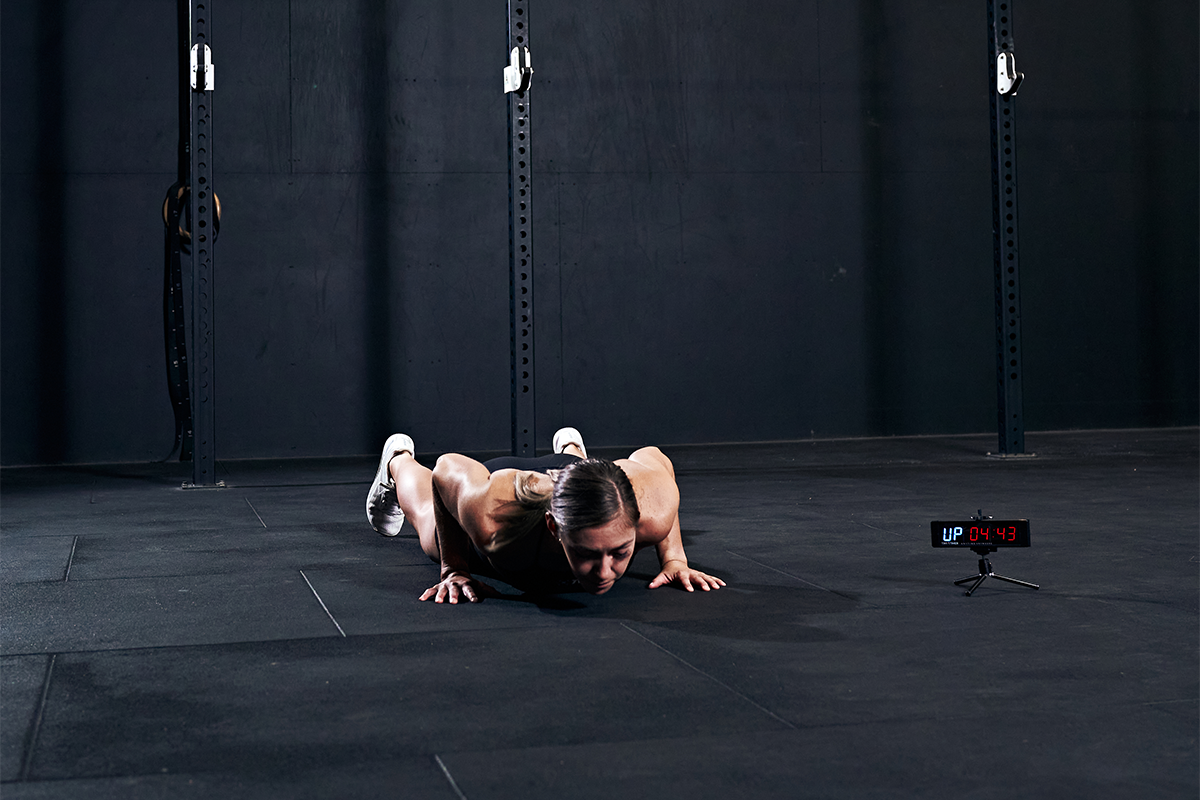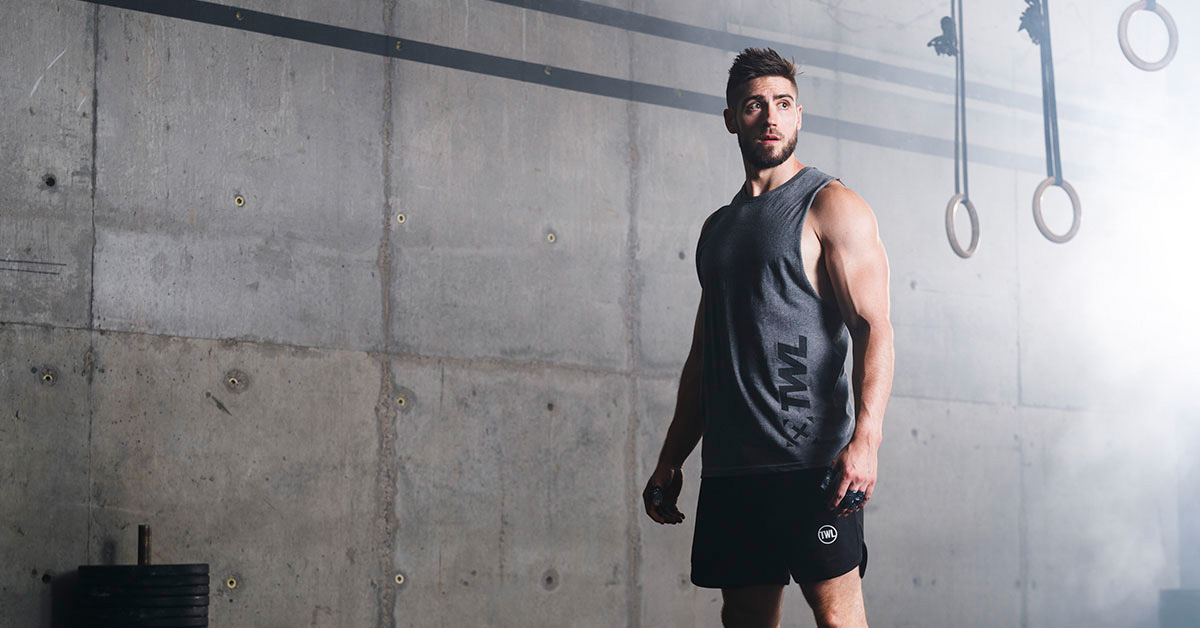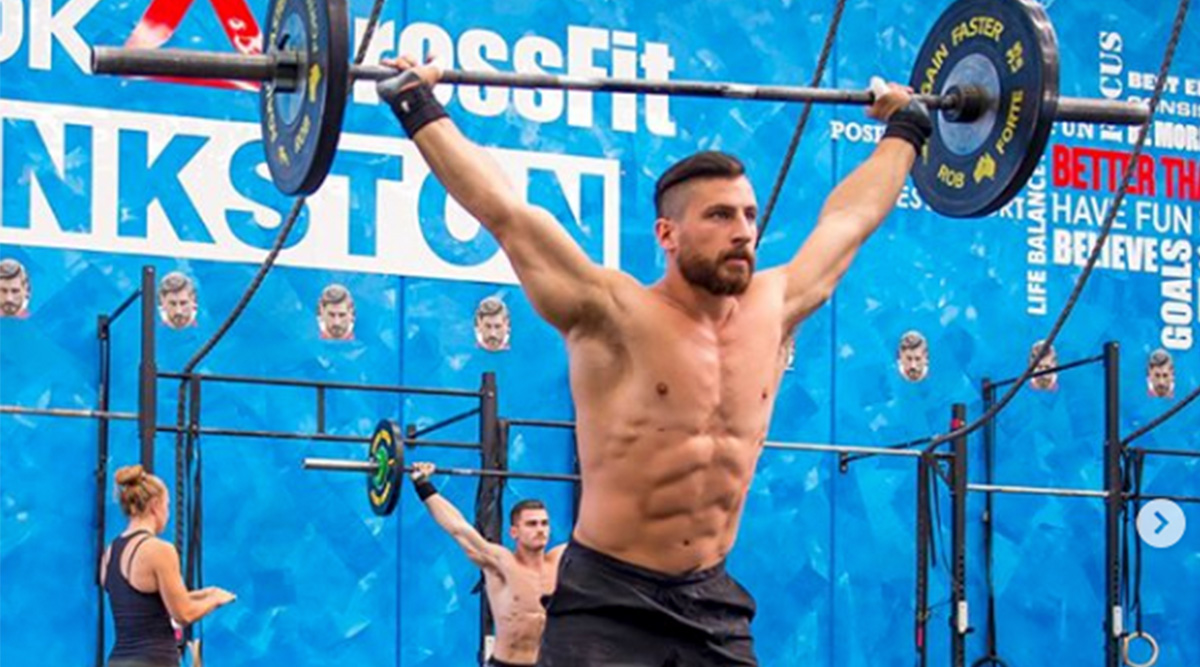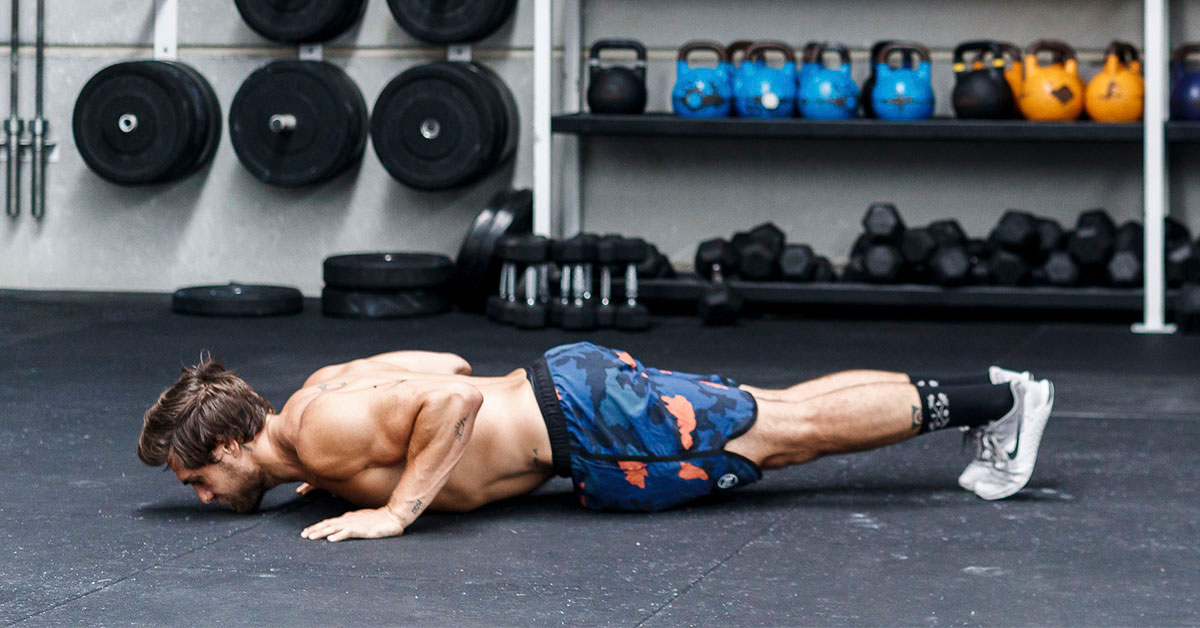You might think that the only way to get stronger is to train with weights. On the contrary, you can build strength and stability using nothing but the weight of your own body. It’s true that eventually, your bodyweight won’t be challenging enough to continue building muscle. However, there are ways to up the intensity even without adding weight. In this blog, we’ll go over bodyweight exercises to build muscle and how you can increase the challenge — no barbell or dumbbells needed!
4 Bodyweight Exercises to Build Muscle (And How to Make Them More Difficult)
So, how can you leverage nothing but the weight of your body to build strength and add muscle to your frame? Here are a few suggestions.
1. Push-Ups
So simple, yet so effective. Push-ups are like squats for the upper body. They target the pectoral muscles, the triceps, and the anterior deltoids. The pectoral muscles are the large muscles of the chest. The triceps are the muscles on the back of the upper arm. And the anterior deltoids are the muscles on the front of the upper arm.
As an added bonus, push-ups also work the core muscles, including the rectus abdominis, transverse abdominis, and erector spinae.
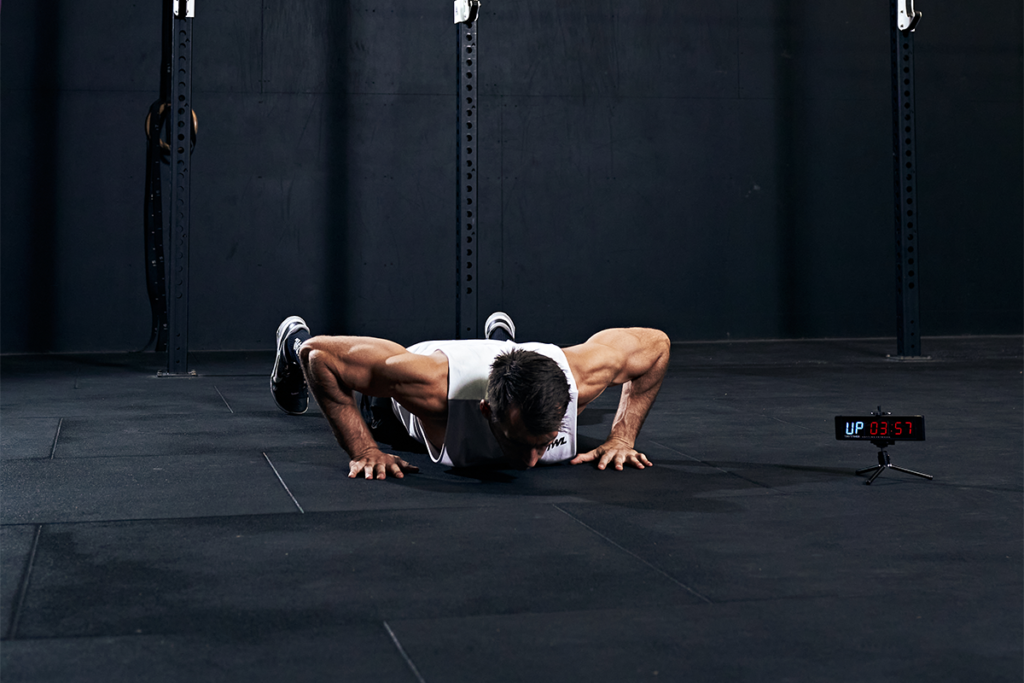
What happens when you can knock out push-ups like a pro? Well, you can always do more reps to increase the intensity. You could also:
- Slow down the rep. Lower your chest toward the ground for a count of three, pause with your chest just hovering over the ground, and then push back up.
- You could do deficit push-ups by elevating your feet on a chair or another surface that’s higher up off the ground. This puts more of your body weight into your hands/upper body, making it more challenging to push up off the ground.
- Change your positioning by bringing your hands closer together (inside your shoulders) or further apart (outside your shoulders).
There are countless push-up variations to try! Take ’em for a spin.
2. Sit-Ups
You need a strong core to do just about everything, including sit, stand, and walk. Without it, you would collapse. Sit-ups target the rectus abdominis, which is the long muscle that runs down the center of the stomach. It’s a flat muscle that extends from the lower ribs to the pelvis and gives the stomach its six-pack appearance. Your abs are responsible for flexing the spine and helping to support your trunk.
The rectus abdominis is made up of two parallel muscles, the right and left, that are connected by a band of connective tissue called the linea alba. The linea alba is a white, fibrous band that runs down the center of the stomach and helps to hold the abdominal muscles in place.
Aside from doing additional reps, you could slow down the down-phase of the sit-up for a count of three to really challenge your core. (Try it — you’ll be shaking!) There are also countless variations of sit-ups that will test you in totally unique ways:
- Twist to each side at the top of the sit-up to further engage your obliques.
- At the top of each rep, lift one leg up (alternating sides) and clap your hands behind that knee. This is great for your lower abs.
- Go for V-ups, where your body forms a V at the top of the rep and you aim to touch your fingers to your toes. Try to keep your legs straight!
- At the top of each rep, lift one leg up and touch your foot with the fingers of your opposite hand. In other words, your left hand will touch your right foot and vice versa.
3. Air Squats
We know you’re itching to increase your 1RM, but don’t forget about good old bodyweight air squats. The muscles targeted by air squats include the quads, hamstrings, glutes, and core. It’s a compound exercise that nearly gives you a full-body workout. Sweet!
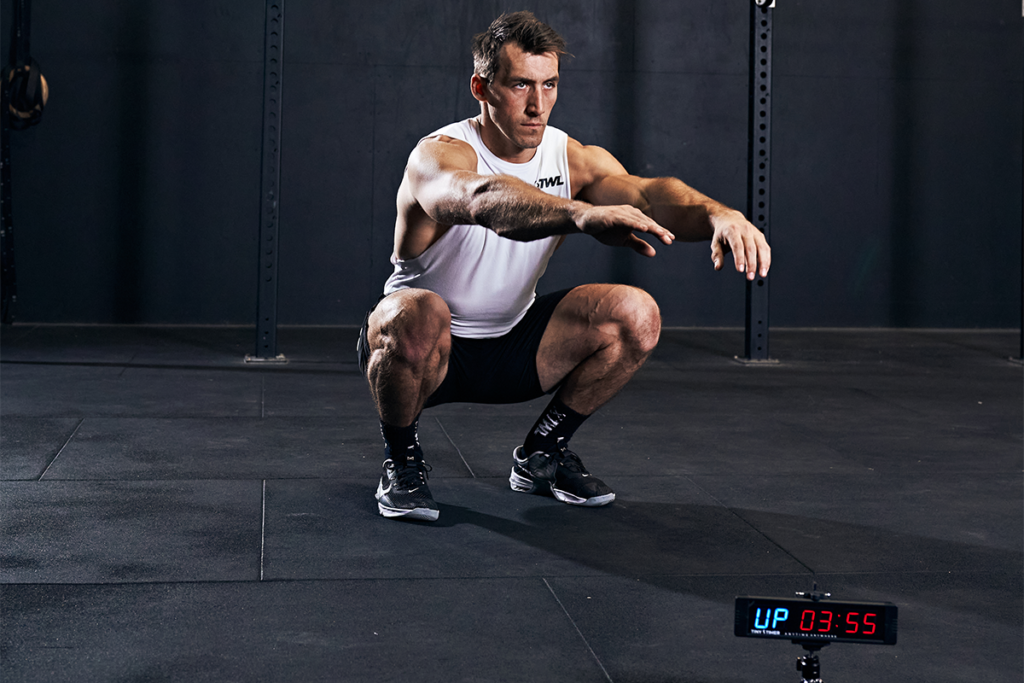
We know what you might be thinking: “I can squat way more than my body weight! Why bother with air squats?” Not only can they still help you build strength, but they’re also for warm-ups, improving mobility, and boosting power and explosiveness. If your standard air squat doesn’t feel like it’s doing much, try this:
- Do a tempo squat. Bend your legs for a count of five to slow down the movement.
- Try a pause squat. Pause at the bottom of your squat for a count of 3-5. For an even bigger oomph, combine this with a tempo squat!
- At the bottom of your squat, pause and pulse your knees outside 10 times. Your outer glutes will be on fire.
- Do jump squats, aiming to get as high as possible.
- Squat and walk. Go near the bottom of your squat and start stepping forward. Side note: This is an excellent way to warm up your hips before your workout.
4. Glute Bridges
The glute bridge primarily targets the gluteus maximus, which is the largest muscle in the backside. The gluteus medius and minimus, which are also located in the bum, are activated during the glute bridge, too. You might even feel it in your hamstrings (which help you keep your hips caged, as you’re driving your feet into the floor) and your core.
Many athletes are surprised to find that bodyweight glute bridges are already pretty challenging. However, if and when you’re ready to spice them up, try these:
- Hold it at the top for about 30 seconds.
- Pause at the top and pulse your knees outward 10 times.
- At the top of the glute bridge, extend one foot off the floor. Lower it, drop your hips, and repeat on the other side.
- Before raising your hips, extend one leg and perform the bridge using only the opposite leg. Be sure to repeat on the other side.
While training with all the weights is always a good time, keep in mind that sometimes, all you need is yourself!
If you enjoyed this blog, then you’ll probably love this push-up challenge.

